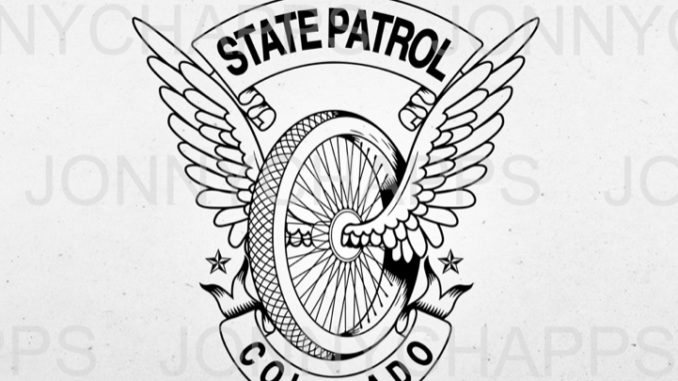
By Master Trooper Gary Cutler
I talk a lot about seatbelts and how they save lives, and that is true. Using your seatbelt is quite simple, you grab the strap, pull it over you and click the buckle. It makes sure you survive in a crash. But when it comes to securing your little ones in car seats, they are often installed improperly.
It’s really no fault of parents that child safety seats are not as secure as they should be. Today’s car seats are complicated. That is why there is help out there for any parents, grandparents, or guardians that have young ones that need car seats or booster installation assistance. If you are unsure that the car seat is secured properly you can call any of our State Patrol offices located throughout the state. We have trained Troopers available to assist you. There are also firemen that are trained in installation as well.
There are several ways the seats may be secured in your car. To secure the base of the car seat you may use the seatbelt to secure it to the vehicle or there are metal hooks that work the same way. There are also top tethers to help the stability of the seat from being moved forward during a crash. You want the seat, so it doesn’t move around during a crash or hard braking. If any part of the installation confuses you, don’t hesitate to call one of the experts to help.
Now that you have it installed here are the requirements for your children as to which seat will be best for them. Which car seat you use and how to use it depends on 2 primary factors: how old the child is and how much the child weighs. When your child is less than 1 years old and less than 20 lbs., they should be in a rear-facing seat in the back seat only.
Ages 1-3 and less than 20 lbs. they should be in a rear-facing seat. 20-40 lbs. can be in a rear or forward-facing seat. Experts now want the child to be in a rear-facing seat as long as possible.
Ages 4-7 and 20-40 lbs. the child can be in a forward-facing seat or booster. Forty lbs. or more is the same rule. Once your children are ages 8-15 and 40 lbs. or more they can move to a booster seat.
When looking at booster seats, make sure the shoulder belt crosses the shoulder and chest, not the neck. The lap belt must lie flat across the upper thighs, not the stomach. As always, safe travels!
Support Northern Colorado Journalism
Show your support for North Forty News by helping us produce more content. It's a kind and simple gesture that will help us continue to bring more content to you.
BONUS - Donors get a link in their receipt to sign up for our once-per-week instant text messaging alert. Get your e-copy of North Forty News the moment it is released!
Click to Donate
